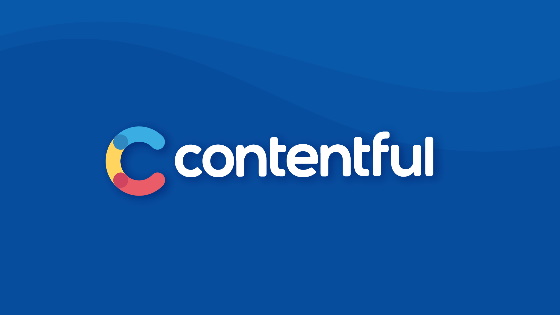Within this book, you will get an honest review of a book called Contentful: The Missing Manual. The aim of this book is to teach developers how to implement and deliver a Contentful-powered app or website.
Contentful is a great CMS, however, despite lots of blog posts and developer documentation, you often need a concise guide that walks you through the entire end-to-end process before all those disparate articles come together and make sense. Currently, Contentful the missing manual is the only book on the market that walks a developer through a completely end-to-end journey on how to successfully deliver a project powered by Contentful. If you are interested to learn what knowledge you will gain from reading this book, read on 🔥🔥🔥
First off, let us focus on the basics. The book took me 6 months to write and over 200 hours to research. The book is only available in digital format as either an EPUB or PDF. The book is over 250 pages long and it is split into 8 chapters. The book is available from Leanpub here on a pay-what-you-feel basis. The minimum price is $14.99, however, if you like the book and want to support this channel you can pay more. In terms of relevance, the book was finished in March 2023 and in terms of quality, it is the 4th book on CMS development that I have written.
The reason why I wrote this book was to provide a guide that developers can refer to that gives them a one-stop-shop of advice on how to successfully deliver a Contentful project. The key takeaway that I want people to get from the book is understanding the nuances that can affect the end useability of the system.
Over my 20 years of building CMS solutions, I can say with first-hand experience that designing a CMS and doing content modeling is a nuanced skill. By not understanding some key aspects of implementation, it is very easy to build something that will never hit the mark for content editors. Sadly, I have seen this same story play out on numerous projects and with numerous different clients and agencies.
This is the reason why the book covers every aspect of CMS development ranging from setting up a Contentful account to designing the content models to the code required to access that content from an app. Each chapter is filled with advice, code samples, screenshots, and practical examples that are aimed to give you a complete picture of all the implementation options you have at your fingertips. That way you can decide the best approach to take on your custom project. I personally do not like books that evangelize the author's way of doing things as the only way of doing things. This is the reason why I structure my books to provide readers with the information they need to make informed architectural decisions.
While definitely aimed at developers, marketers, or content creators will find some value from the book, as it will hopefully shed some light on why things like previews have been designed the way they have. in terms of content, the book is organized into the following chapters:
Chapter 1: Welcome: Just like every other book, this chapter sets the stage for what you will learn in the remaining chapters
Chapter 2: How to plan your project: The main focus of this chapter is considering how your choice in architecture will influence CMS implementation. The chapter starts off by making sure that we are all on the same page. I do this by giving an introduction to JAMStack and the benefits of creating a headless website.
When it comes to implementing your website the majority of folks will use either pick either between a single-page app, server-side rendering, or static page generation. An important concept for you to grasp at the start is how this architecture decision will impact some of the later steps in your project.
Chapter 3: Getting started with Contentful: This chapter gives you a tour of the CMS. As part of this tour, you will learn how to create an account, as well as how to set up and access the essential things within Contentful in order for you to get going on your project. Topics include content governance, how to set up a static site, as well as looking at some handy starter kits that you can make use of in order to get going quicker.
Chapter 4: Content Modeling: This chapter reviews the types of fields you can use for your content modeling within Contentful. You will learn in detail all about the rich-text field, reference types, and JSON fields and how they can be configured.
Chapter 5: Content Modeling Tips: This chapter provides practical tips on how you can take your website designs and implement the corresponding content models within the CMS. This chapter looks at topics and assemblies, how to model meta-data and settings, and other common components. It also contains some handy tips that can potentially prevent you from making mistakes and wasting hours' worth of debugging efforts!
Chapter 6: Contentful API 101: In this chapter, you will learn how to get data out of the CMS. You will learn all about the content delivery API, the content preview API, GraphQL, linked assets, the image API, and more!
*Chapter 7: Configuring your headless website *: In this chapter, we focus on the code that you will need to write in order to implement Contentful in your code. Topics include how to implement the SDKs, integrate GraphQL, setting up dynamic routes, as well as rendering text and images and other common content types.
Chapter 8: Advanced Features: In this final chapter we will look at everything else not covered so far. Topics include the App framework, Contentful CLI, content administration, organization, team, and user management, multi-language architectures, and useful marketplace apps and I finish the book of thinking about sitemaps.
I'm hoping that it comes through this article, I am proud of this book and I'm confident you will get value from it. Leanpub offers an independent refund policy, so you can purchase without worrying about not getting value from the book.
Why waste hours of head-scratching and potentially missing a deadline, when you can shortcut the process?
Happy Coding 🤘


